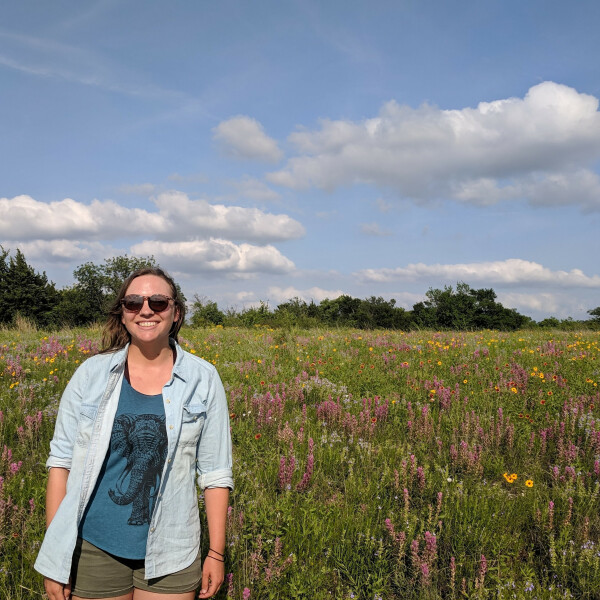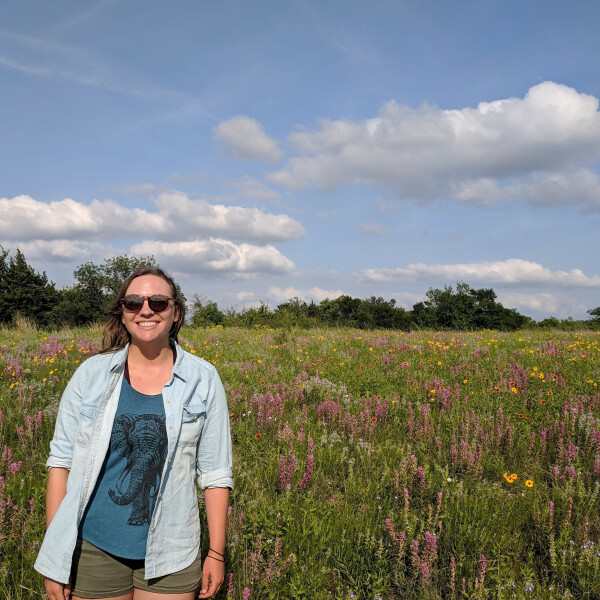
Staying connected: How floral variation and local pollinators shape gene flow in downy Indian paintbrush 2017
Field sites in the upper Midwest (Dakotas to Illinois) and Chicago Botanic Garden (lab)
Ecology, Genetics, Reproductive Biology
Different floral traits-- the color, shape, and scent of flowers-- can attract different groups of pollinators to flowers of a particular species. For many flowering plants, pollinators are primarily responsible for moving the genes of plants (via pollen) between different individuals, and among populations. In population genetics, the movement of gene is termed gene flow, which affects many aspects of the genetics and ecology of species. Since gene flow in plants is tied to the movement of pollinators, certain pollinators that forage over long distances (such as hummingbirds and hawkmoths) move pollen farther than smaller, short-flying insects (eg, bees)-- and thus facilitate greater gene flow among plant populations. Downy Indian paintbrush (Castilleja sessilifora) is pollinated by hawkmoths (the first known case in its genus), which are known to move pollen great distances. Pollination by hawkmoths is thought to be associated with white flowers with long floral tubes, such as those displayed by downy paintbrush through much of its range in the central-western US. However, in its southwestern range extent, the species displays yellow and pink inflorescences and shorter floral tubes, traits associated with pollination by bees, and possibly hummingbirds.
To examine whether range-wide differences in floral traits are associated with different primary pollinators, this project will sample floral traits (color and morphology) across the species range, and conduct pollinator observations to determine local primary pollinators. Genetic analyses will also be performed to assess genetic diversity and levels of gene flow among populations. Thus, this project will examine how geographic variation in floral traits relates to differences in local pollinators, and how that shapes gene flow and genetic structure among plant populations.
The REU student will assist me in collecting data in both the field and the lab, and will be given the opportunity to pursue an independent project of their own.




